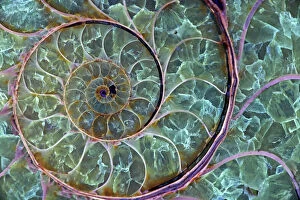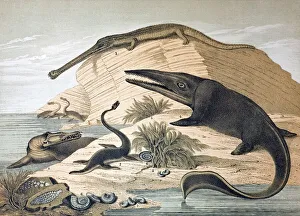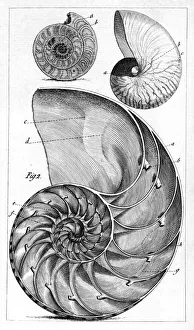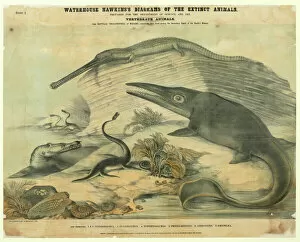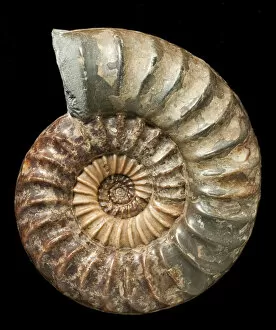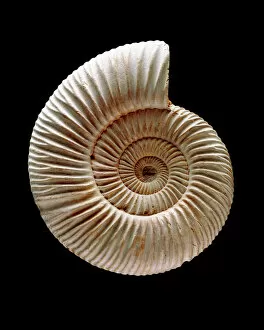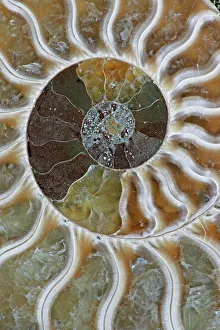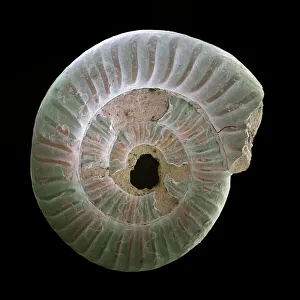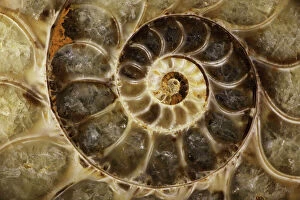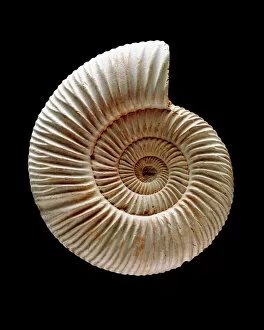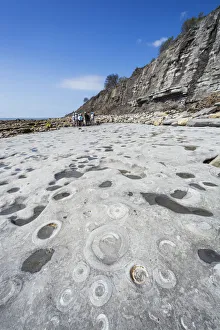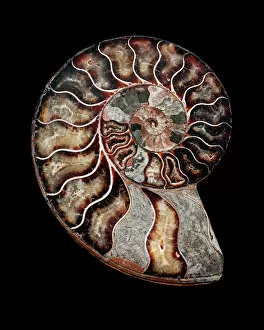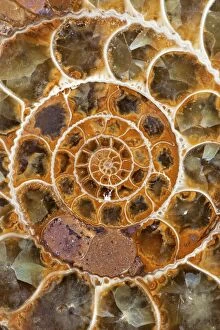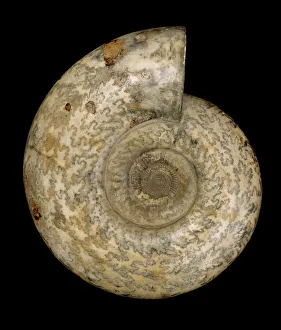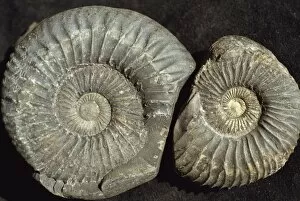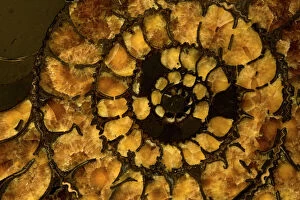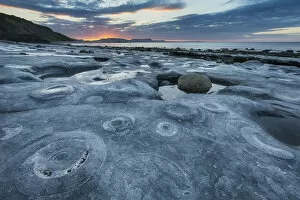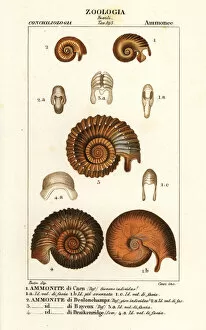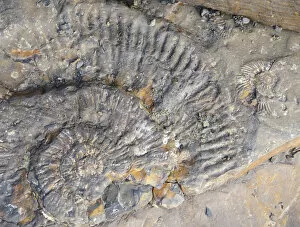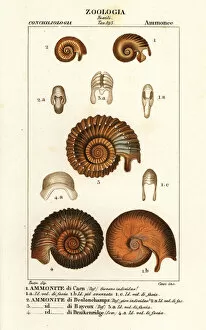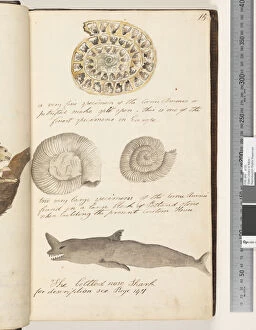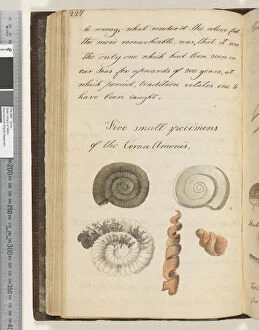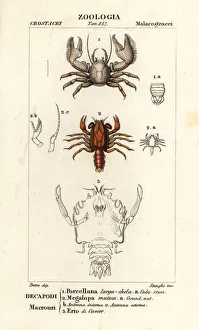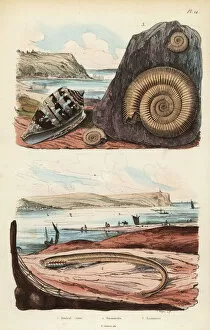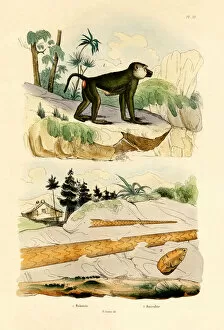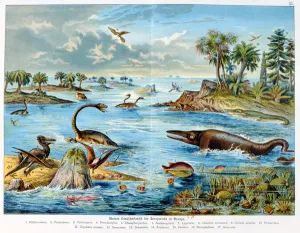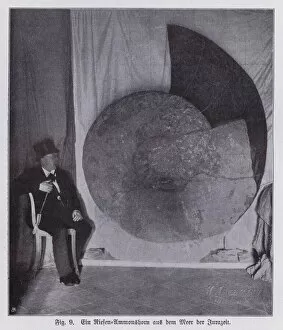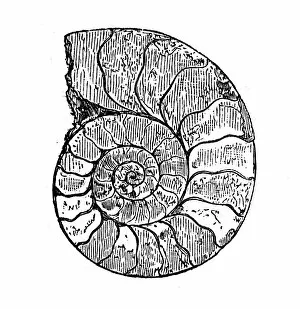Ammonite Collection
"Journey through Time: Unveiling the Enigmatic Ammonite Fossils" Step into the fascinating world of ammonites
All Professionally Made to Order for Quick Shipping
"Journey through Time: Unveiling the Enigmatic Ammonite Fossils" Step into the fascinating world of ammonites, ancient marine creatures that once roamed our oceans millions of years ago. This captivating fossil, known as Desmoceras spp. , dates back to the Upper Early Cretaceous period during the Albian Stage in Mahajanga Province, Madagascar. Under UV light, these ammonite fossils reveal a mesmerizing display of vibrant colors and intricate patterns. It's like witnessing a hidden secret come to life. In 1862, British scientists first discovered these prehistoric wonders while exploring the depths of our planet's history. These reptilian beings coexisted with other marine species such as nautilus, as depicted in an enchanting engraving from that era. Ammonites were part of an extinct group of marine reptiles that thrived for millions of years before their mysterious disappearance. Asteroceras is another remarkable example showcasing their diverse forms and sizes. Cleoniceras sp. , another magnificent specimen found in Madagascar from the Cretaceous period, showcases its stunning beauty captured perfectly in Picture No. 10889717. Through advanced imaging techniques like SEM (Scanning Electron Microscope), we can delve deeper into understanding the intricate details preserved within each ammonite fossil. The delicate structures are truly awe-inspiring. This particular cross-section reveals a glimpse into their internal chambers and spiral-shaped shells—a testament to their evolution and adaptation over time. From Mahajanga Province to Russia, ammonites have left traces all around the globe—each telling its own unique story about Earth's ancient past. As we marvel at these extraordinary fossils today, let us reflect on how they connect us to a distant world long gone but forever imprinted in stone—the enigmatic legacy of ammonites endures.

